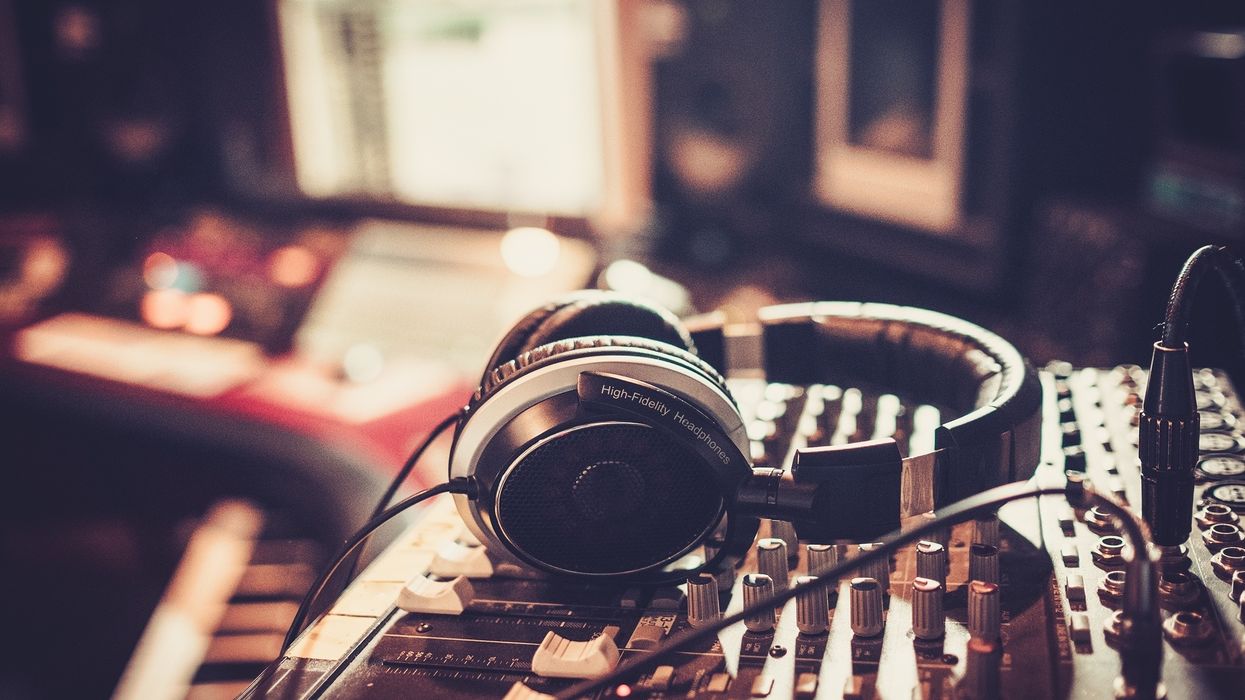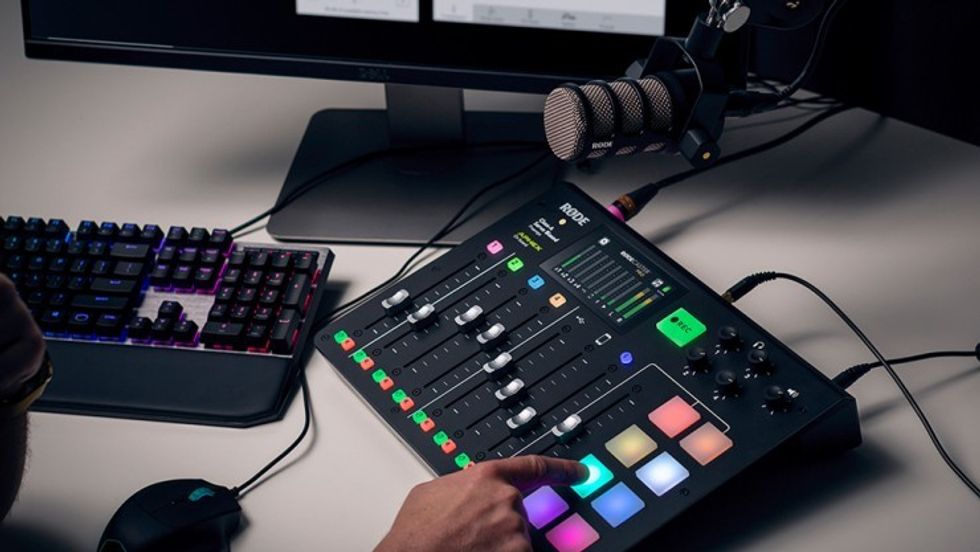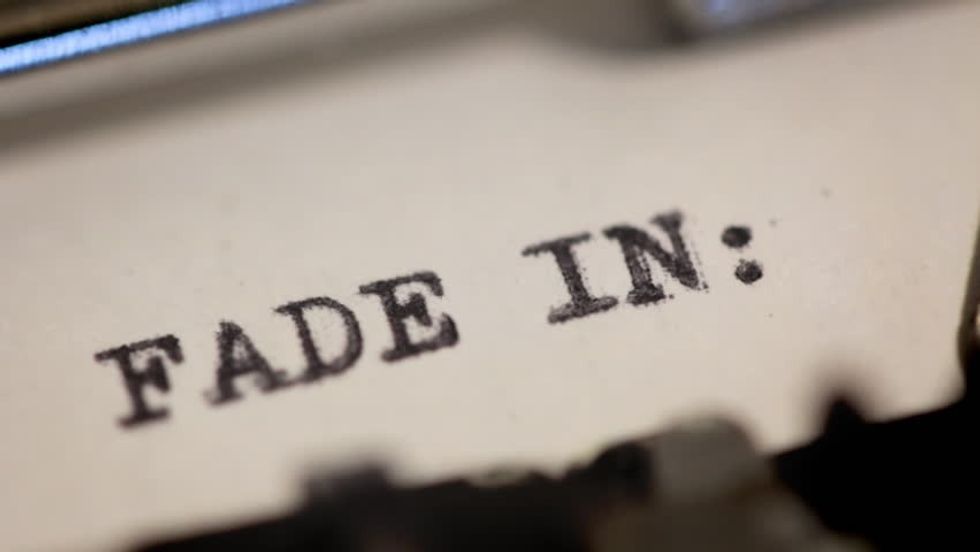So You Wanna Podcast? Part II: The Skillset You Need
Here’s how to get started with podcasting.

In the first part of this series, we talked about the decisions that go into whether or not you should start a podcast. If you’ve answered yes, it's now time to understand exactly what you're facing and the skills you'll need to be successful.
Conversation Skills
This one might be obvious, but you’ll need to be comfortable talking for extended periods of time without losing energy or focus. If you have guests on and you're not engaged with them your listeners will catch on and become bored. They don't have anything visually to look at (unless it's a video podcast) so their focus is exactly on what you're saying and how you're saying it.
Podcasting is not the same as talking to a friend on the phone. You have to be comfortable enough to be yourself when the microphone is in front of you and that can take time. But don't worry if you're not Howard Stern on day one. Over time, you will get better and it will become second nature.
Narrative Chops
No matter the genre or topic you talk about, you're telling a story. The more compelling it can be, the more honest it is, the more the audience will feel connected to the show.
Think about popular podcasts like Serial. In essence, the podcast has the same effect on listeners as films have on audiences. It's captivating, compelling, and easy for audiences to follow along and consume.
Storytelling is the tool of our trade. As a filmmaker, you can translate your narrative skills into the world of podcasting simply by asking yourself: what story do I want to tell and what’s the best way to tell it?
Audio Knowledge
Unless you're hiring an audio engineer and editor to mix and edit your show, you're going to have to know some audio basics.
Recording a podcast will require a microphone and an audio recorder whether that be software or hardware driven. There are several different microphone options to choose from that are popular among podcasters.
USB Microphones
These microphones can plug directly into a computer and the audio can be recorded using software like Audacity, GarageBand, or Adobe Audition. Some of the more recognized options are below:
XLR Microphones
These mics may require an audio interface like the RØDECaster Pro which supports XLR inputs to record the audio. The audio interface also allows you to adjust the levels of the microphone on the fly and provides enough gain for the microphone.
We'll dive deeper into how to record and edit a podcast later, but keep in mind if you won't be hiring someone, you'll need to do it yourself. What's nice about doing it on your own is that you'll become an audio guru and improve your understanding of microphone pick-up patterns, EQing, editing sound, mixing sound, and more importantly, delivering production value.
Show Development
Once the idea for your podcast starts to take shape, you move into the development process. The first step is to answer the following questions:
What benefits do I get from creating this podcast?
The best podcasts are where the creator needs to meet audience desires. Know your needs.Who will listen to this podcast?
What value will you offer to your listeners? Information. Education. Entertainment. Novelty. Access. Know what you can offer.What story am I telling and what’s the best way to tell it?
As I mentioned above, this is really where the whole thing starts.
Compile your responses into a document and run it by a few close friends for feedback. Then go back to the drawing board if you need to.

Genre and Format
The next step in the development process is to figure out the genre and format of your podcast. Your desired benefits, your capabilities, and your target audience will drive this decision.
Pick your genre
Is it going to be a solo show? Interview-based, or a narrative style? Two people on a mic doing comedy? Sounding out points-of-view? Make a choice that fits your capabilities. Remember, you can iterate on this and even do a complete pivot mid-season or scrap and relaunch a different podcast.
Choose between an audio podcast or video podcast
When people think of podcasts, they generally think of audio only. Now, video podcasts are quite common.
With an audio-only podcast, it simplifies workflows and eliminates a lot of extra work. You don’t have to worry about having access to a camera or related equipment. It doesn’t matter if you are presentable, or whether the visuals are compelling. You can simply show up as you are. But that idea alone can be part of the voice of your show if you do decide to have a video podcast. The low-budget look.
Either way, as your podcast grows, you may reconsider adding video for the audience.
Flesh out a show format
This is probably the most important step. What is your show? What is the content behind each episode? Does each episode connect? Are they self-contained? What are the segments of the show? What are the peaks and the valleys? How long is the show?
The majority of podcasts out there are long. And people may not have time to listen to the entire episode. If you can think of a format that fits into someone's commute to work—say 15 to 20 minutes, that's probably the best. Leave people wanting more instead of being long in the tooth.
Put together a proposed show format and do some practice runs with a loose recording. Then listen to it. Is it something you're proud of? Could it be better? What could be better? Identify those things and tweak them until you're happy.
As the show progresses, your content can evolve as you gain more experience.
What's Next?
In the next post, we’ll walk through the steps to record, upload, and launch your podcast.
For more, see our ongoing coverage of Sound Week 2020.
No Film School's podcast and editorial coverage of the Sound Week 2020 is sponsored by RØDE.
Read the other parts of this series:
Part I: Before You Begin
Part III: Recording & Production
Part IV: Launch & Promotion















